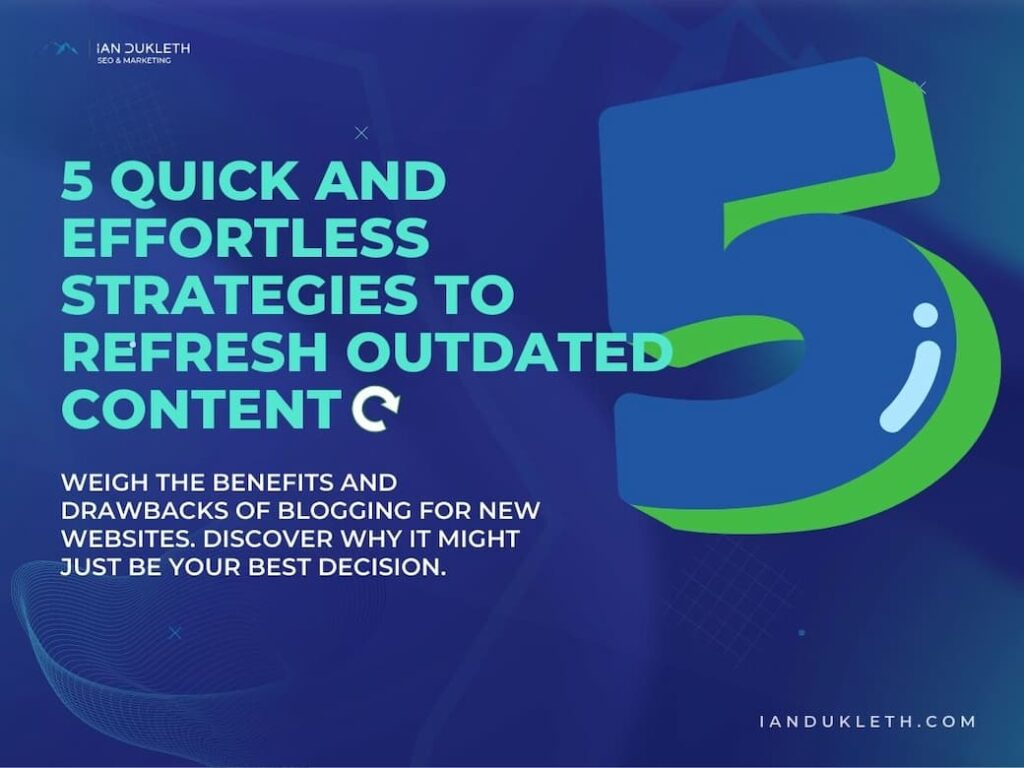Content SEO vs Technical SEO
Striking a Balance: Content SEO and Technical SEO SEO is extremely valuable in digital marketing. But, have you ever found yourself in the middle of the “content SEO vs technical SEO” debate, or pondered the comparison “technical SEO vs content SEO”? If so, it’s important to understand these are not opposing strategies, but rather, complementary sides of the same SEO coin. Let’s dive deeper into each and see why both are necessary for your website’s success. Understanding Content SEO Content SEO involves creating high-quality, valuable content for your audience. It’s all about using relevant keywords effectively, delivering excellent content, and ensuring that your content stays fresh and updated. The magic of content SEO lies in its power to enhance your website’s visibility and improve user experience. When you master the art of content SEO, you are giving your audience what they are looking for, which keeps them coming back for more. In essence, you are fostering a connection with your audience through valuable content while improving your search engine rankings. Understanding Technical SEO On the other hand, technical SEO focuses on the back-end features of your website. It is all about optimizing your website’s foundation to allow search engines to crawl and index your site more effectively. Technical SEO encompasses several aspects, including site speed, mobile-friendliness, security, structured data, and XML sitemaps, to name a few. By focusing on these elements, you are making your website more appealing to search engines, which can help improve your visibility on search engine result pages (SERPs). Content SEO vs Technical SEO: The Differences It’s easy to see the distinctive features of content SEO and technical SEO. Content SEO is all about: Creating quality content that provides value to your audience Optimizing keyword usage to ensure relevance Keeping your content fresh and engaging to retain readers In contrast, technical SEO: Focuses on optimizing the technical aspects of your website for better search engine crawling and indexing Concentrates on improving site speed, making your site mobile-friendly, and enhancing security Works to optimize structured data and XML sitemaps for better search engine visibility Content SEO vs Technical SEO: The Similarities While content SEO and technical SEO have their unique features, they also have several similarities. Both aim to enhance your website’s visibility and improve the user experience. Both content SEO and technical SEO work together to drive more traffic to your website. When used in tandem, they can significantly improve your digital marketing strategy. Which is More Important? The answer is simple – both content SEO and technical SEO are equally important. Neglecting one can adversely impact the other, leading to suboptimal website performance. Content SEO is vital as it: Creates high-quality, relevant content that engages readers and promotes social sharing Optimizes keywords usage to help search engines understand and rank your content better Enhances user experience, a significant ranking factor for search engines On the other hand, technical SEO is critical as it: Ensures your site can be properly crawled and indexed, making it accessible to search engines Provides a fast, secure, and mobile-friendly website, improving user experience and boosting your search rankings Uses structured data to help search engines understand your content better, potentially leading to better SERP visibility. Striking a Balance: How to Split Focus Balancing content SEO and technical SEO can seem like a daunting task, but it’s easier than you think. Start by conducting a comprehensive SEO audit to identify your website’s strengths and areas for improvement. Focus on the areas that need the most attention without completely neglecting the others. Remember, an effective SEO strategy requires a fine balance of both content and technical SEO. You might have the most engaging content, but if search engines can’t crawl or index your site effectively, your visibility and performance suffers HUGE. Similarly, a technically sound website with poor content won’t engage users or keep them coming back for more. So, strive to create a seamless blend of content SEO and technical SEO in your digital marketing strategy. It’s time to put this knowledge into practice and watch your website thrive. Good luck! 🍀 Table of Contents Related Posts Outdated Content Blogging for New Websites Domain Authority
Content SEO vs Technical SEO Read More »



